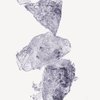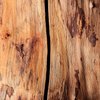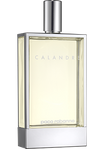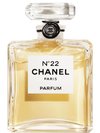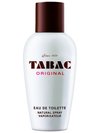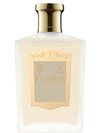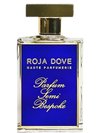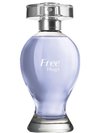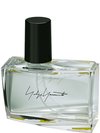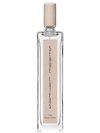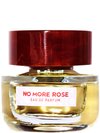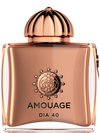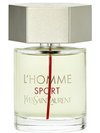The term "aldehyde" is a unique combination of the words "alcohol" and "dehydrogenatus," originally coined by chemist Auguste George Darzens. A Russian-born French organic chemist, Darzens first discovered aldehydes in 1903 when he synthesized C-12 Mna. Later, Blaise isolated aldehydes C8, C9, C10, C11 and C12 lauric. At first, aldehydes were left largely untouched by the perfume industry, who found the new scents to be rather lacking. The odd-numbered aldehydes (C9 and C11) give a fragrance similar to the burnt wax of an extinguished candle, despite being sourced from rose essence. The even-numbered aldehydes fare no better, which, despite being sourced from citrus-fruit grind and having an arguably clear and bright scent, were considered "metallic" at the time. And yet, the métier of Darzens’ aldehydes would be be revealed when it was discovered that the chemical compound could actually enhancethe other scented ingredients of a perfume. When subtly used and skilfully dosed, the synthetic molecules have the ability to reveal and enhance a fragrance.

